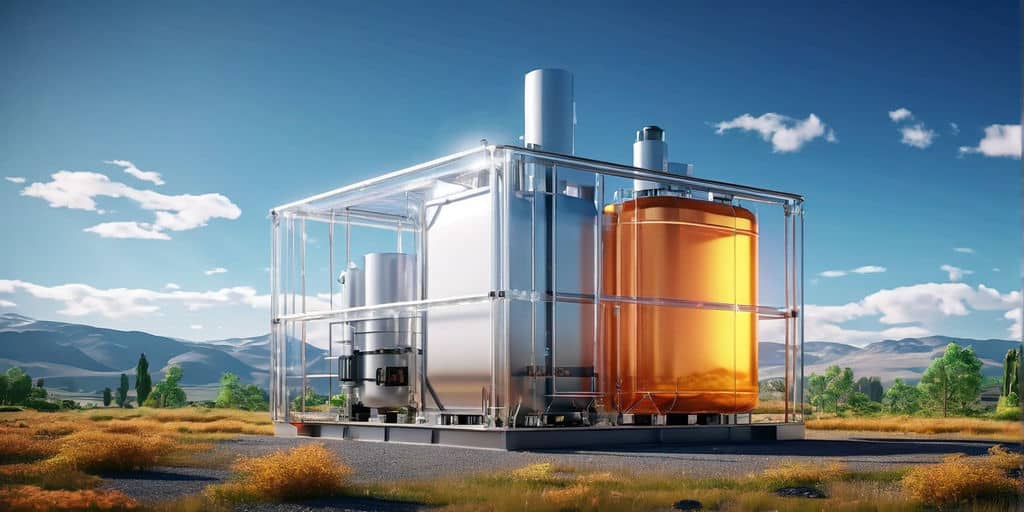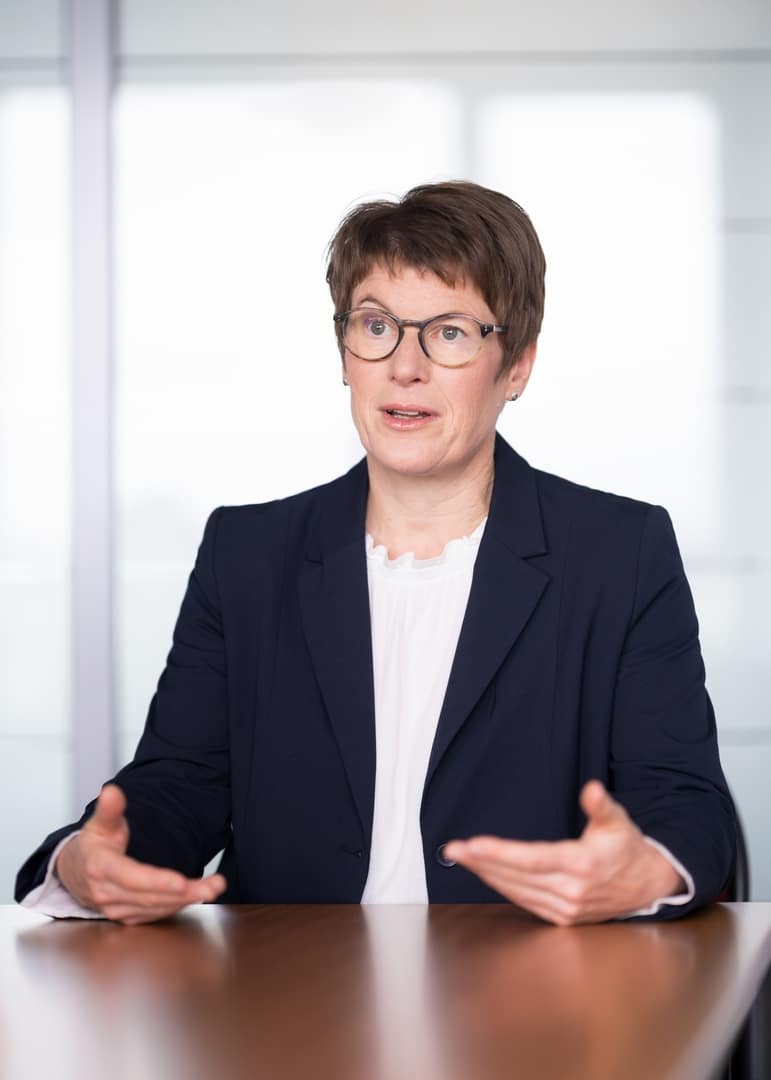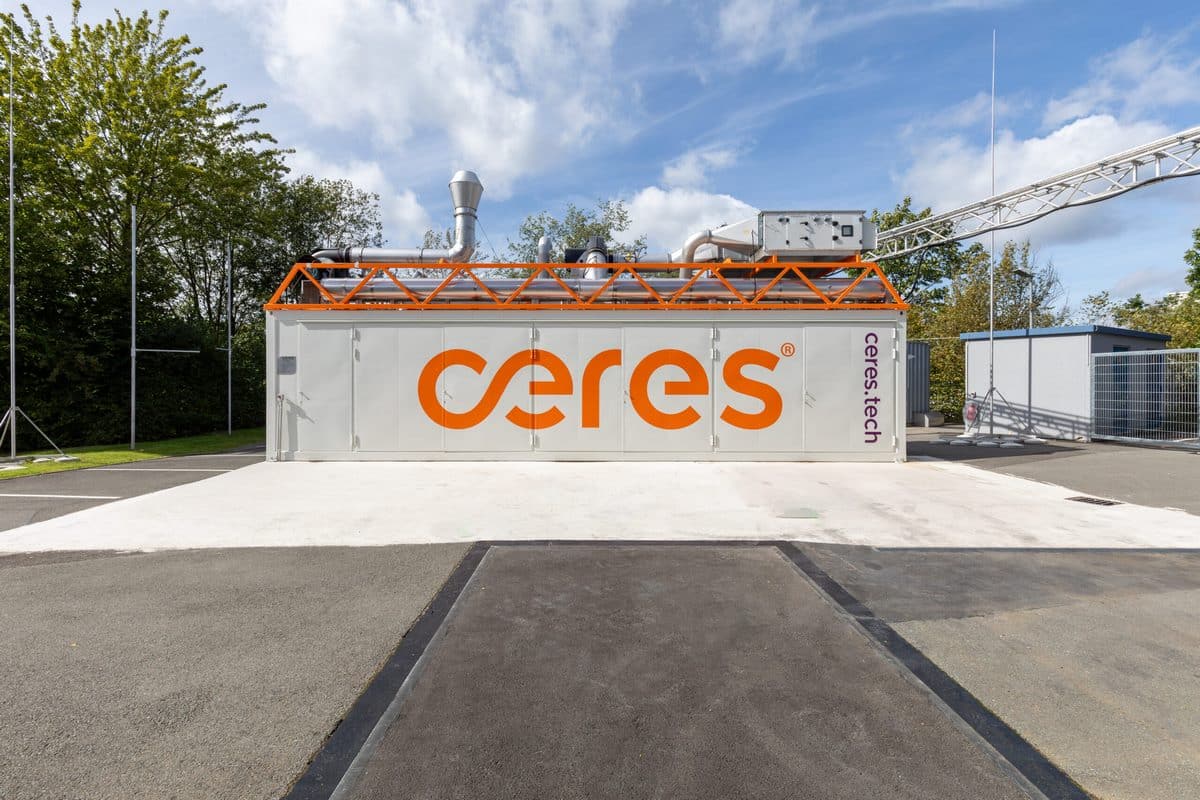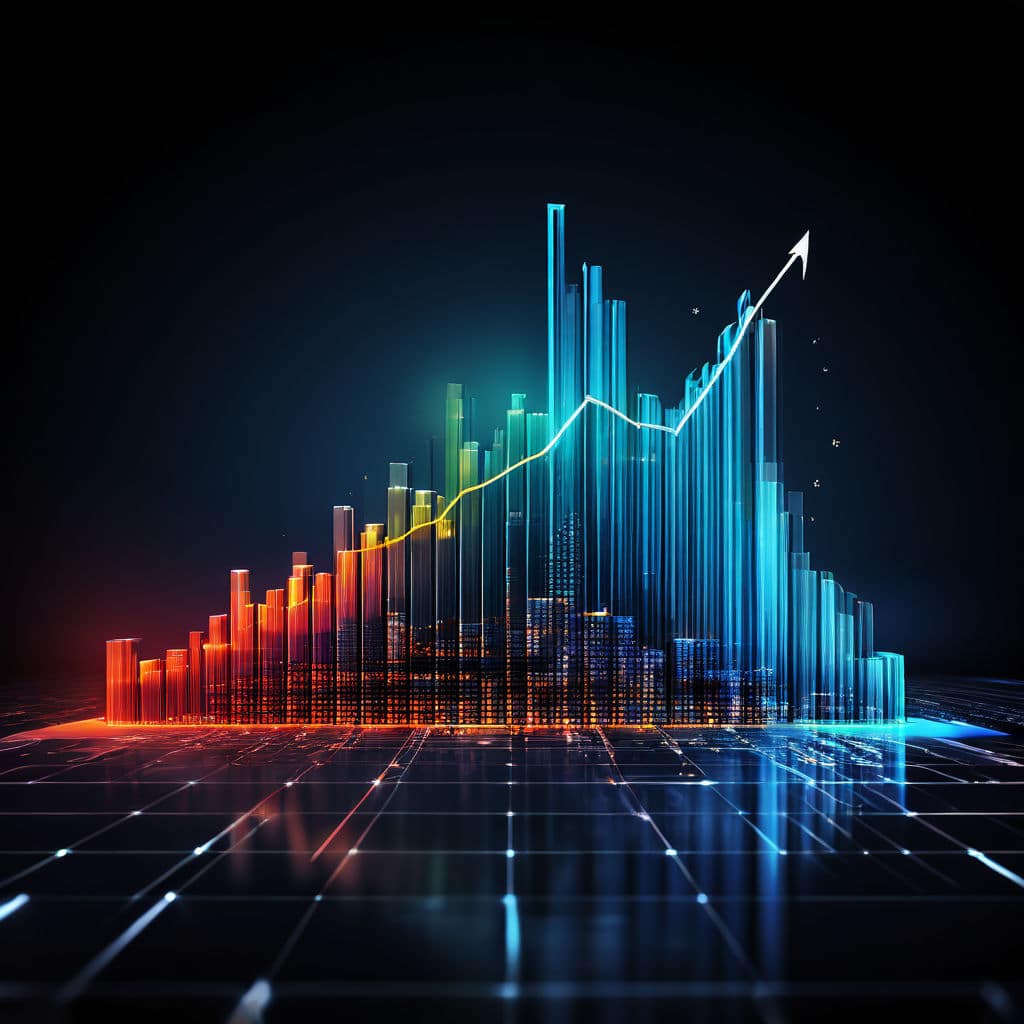When the World of Energy Solutions took place in Stuttgart from Oct. 12 to 14, 2015, the emission scandal surrounding Volkswagen was still a fresh memory. The #dieselgate was the topic of many conversations and even an issue in a lot of the presentations held at the trade show. During his opening speech, Franz Untersteller, Baden-Wurttemberg‘s Minister of the Environment, Climate Protection and the Energy Sector, was confident that the scandal about manipulated emission tests would provide a “new drive” to the electric car industry. He said that the fuel cell was “the technology of the future.”
Untersteller’s aim is to “take a pioneering role in the energy transformation.” To achieve that aim, he clearly relies on electric cars to be the driver, whereas he has not been satisfied with the role that the German automotive industry has played so far: First, the minister noted that “Tesla has left the German competition behind.” Then, the Green Party politician added that he had ordered an electric car offering a range of 240 km, but voiced his regrets that the vehicle had not been manufactured in Baden-Wurttemberg.
He also elaborated on the state program Heat Transformation in the Boiler Room, which has led to 180 requests so far. The program, however, was discontinued at the end of September 2015 because a federal subsidy program was planned to take its place at the beginning of this year (see the interview).
Bonhoff announces ten-year plan
There was a remarkable speech by Dr. Klaus Bonhoff on the evening of the first event day. It was remarkable in two ways: On the one hand, it has to be duly noted how the current NOW President managed to properly finish his dinner speech despite the ever ongoing loud mumbling filling the room, which seemed to leave the impression that no-one was listening to him anymore. Actually, the fault may have more likely been the extremely bad acoustics of the Old Riding Hall at Stuttgart’s Maritim Hotel. On the other hand, the ones who did listen were able to hear how Bonhoff cautiously announced “a new ten-year plan.” According to his statements, the ministerial department was about to establish the regulatory framework for their own program in order to introduce fuel cells to the market until the end of the year.
Partner country: Netherlands
A unique sight was the joint booth together with The Netherlands, the partner country from whose North Brabant region companies showcased their products in Hanover. One of the things on display was the electric bike STORM Pulse (see figure 1). Young engineers from the Eindhoven University of Technology designed this electric motorbike, which is said to have a range of 380 km, in less than a year.
InnoROBE

Where visitors entered the trade show, Bosch Engineering presented its baggage tractor, which had been equipped with a fuel cell for range extension during the subsidy project Innovative Regenerative Onboard Energy Converter (InnoROBE). According to company information, the tractor unit with a fuel-cell hybrid engine would be tested at an airport in 2016, although it wasn’t clear yet at which airport the tests would be conducted.
15. f-cell Award
Baden-Wurttemberg‘s f-cell Award 2015, for which as many as 29 developers had applied this year and which was twice endowed with a prize money of EUR 10,000, went to ElringKlinger and the University of Freiburg. ElringKlinger won in the category products & market with its fuel-cell module BZM 5. The jury’s decision for choosing the stack based on metal bipolar plates was “its readiness for mass production and its impressive performance data and the maturity of its technology.” In addition, the end plate assemblies created through injection molding already incorporate essential system functions, thus offering great saving potential for stack and system. According to ElringKlinger, the company has been working on fuel cells for around 15 years, which almost no-one seemed to know about. In the meantime, it has begun to call itself the “only German stack manufacturer.”
The f-cell Award research & development went to the Institute for Microsystems Engineering or IMTEK at the University of Freiburg. There, under the auspices of the MEMS Applications Development department headed by Professor Dr. Roland Zengerle, the young talent group Porous Media simplified the manufacturing process of membrane-electrode assemblies. As the doctoral students Matthias Breitwieser and Matthias Klingele explained during the award ceremony, they had just been “brainstorming” for their doctoral thesis and thought about how to “print” membrane material directly onto the electrode. The first idea was glass and then a direct print onto the electrode. They added that the process “worked at first try.” The colleagues from ElringKlinger liked the coating used to “spray” the PEM membrane directly onto the micro-porous carrier layer (the gas diffusion layer) so much that they immediately agreed to a first meeting with the students on the day after the award ceremony (see figure 3).
e-fleet airport
On the afternoon of the second event day, the e-fleet was showcased at the nearby airport; read more.
DLR unveils H2 aircraft
One highlight of the event was the presentation of a new hydrogen aircraft called Hy4 by the German Aerospace Center (DLR); read more.
IMTEK receives f-cell Award
Matthias Breitwieser and Matthias Klingele presented their prize idea during the WES event and have written about it here.


























0 Comments
Trackbacks/Pingbacks